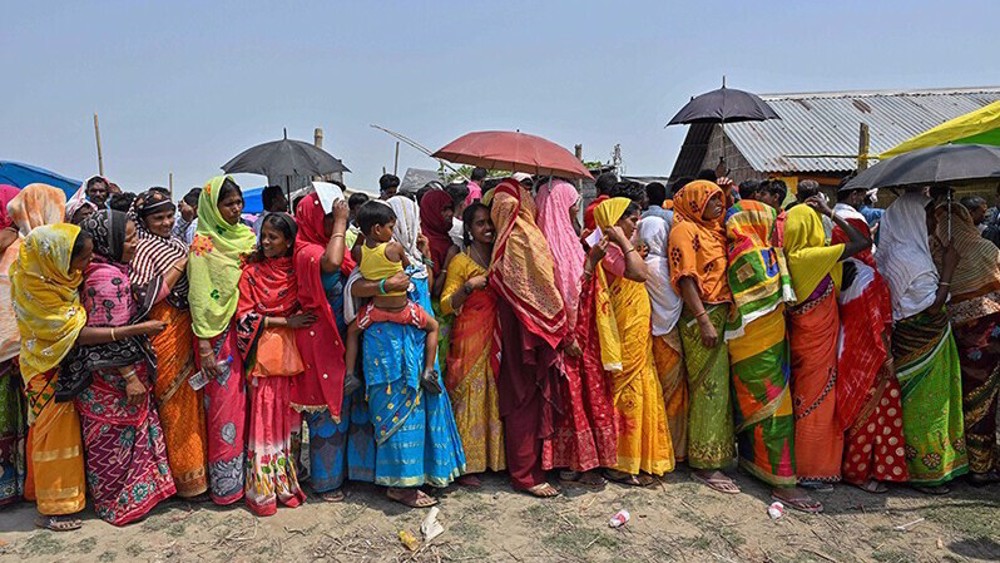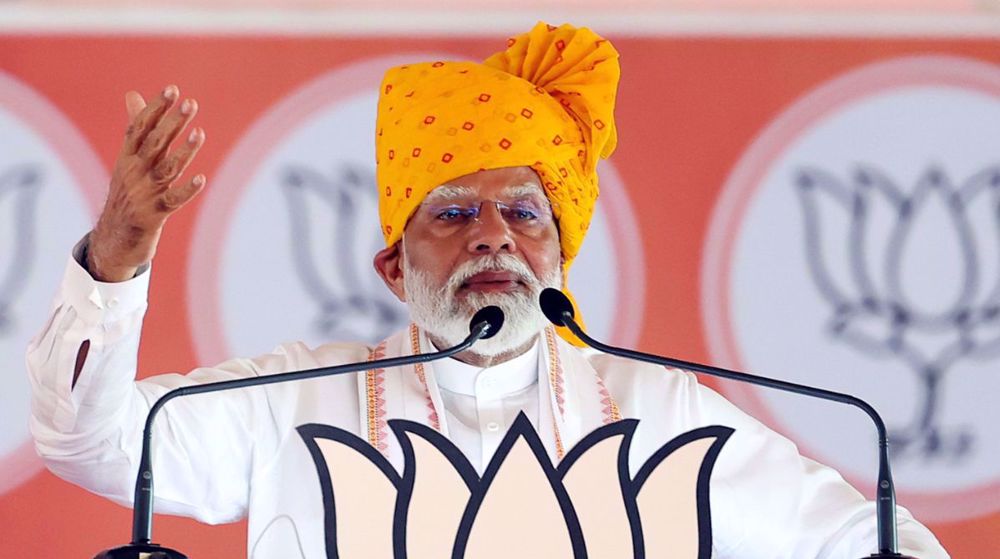Despite unhealthy air quality, schools reopen in northern India
Schools in the Indian capital New Delhi have reopened even though fog and air pollution stay at unhealthy levels in most parts of northern India, including the capital city.
Children, many wearing face masks, returned to schools in New Delhi and its surrounding cities on Wednesday.
The schools and education centers were closed for two days due to a spike in air pollution that prompted protests by residents and environmental groups.
Air quality index over the weekend in some areas of New Delhi read 500 that was 10 times the recommended the World Health Organization (WHO) level.
Anything above 401 is classified as "severe." Air pollution at that level can seriously affect those with existing respiratory illnesses, and even those who are otherwise healthy. Environmental experts say Delhi's toxic air is particularly dangerous to children.

On Tuesday night, hundreds of people gathered at a war memorial at the center of Delhi, to protest persistently high pollution levels and demand action from the government.
"People are angry because it's a collective failure and politicians need to come together to chalk out a comprehensive plan to address this crisis," said Vimlendu Jha, an environmentalist who founded the activist group Swechha.
Experts say any increase in the burning of crop stubble in Punjab and Haryana states - part of India's farm belt that borders Delhi - would lead to an increase in pollution levels.
The burning of crop residues have helped turn India's capital into the most polluted major city in the world.
Indian authorities have barred smoke-spewing cargo trucks from city streets, experimented at limiting the number of cars on the road and tried to snuff out stubble and garbage fires and ordered builders to cover construction sites to stop dust from enveloping the area.

But the battle is not over as authorities tackle a large amount of toxic foam floating in the Yamuna River, caused partly by high ammonia levels emanating from industrial pollutants.
Water from the river is chemically treated before being supplied to Delhi's nearly 20 million residents as drinking water.
"The water is absolutely black in color," said Hari Lal, a New Delhi resident who was on the river bank Wednesday. "The water is all chemical."
Kujan Sahani, a worker from eastern Bihar state, complained that his nose and eyes burned and he was feeling breathlessness.
Of the world's most polluted 30 cities, 22 are in India, according to research by IQ AirVisual, a Swiss-based group that gathers air-quality data globally, and Greenpeace.
The remaining eight cities are all in Pakistan, Bangladesh and China
All these rankings are based on average air quality per year.
Sanders to Netanyahu: 'Don’t insult American people’s intelligence'
Tehran economic conference: Raeisi hails Iran-Africa expansion of ties
VIDEO | Press TV's news headlines
Severe heat wave hits India as phase 2 of polling begins
What to expect after President Raeisi's visit to Pakistan
China describes Iran as ‘strategic partner' in West Asia
April 25: ‘Axis of Resistance’ operations against Israeli occupation
Hezbollah hits Israeli military sites near border with rockets, drones












 This makes it easy to access the Press TV website
This makes it easy to access the Press TV website